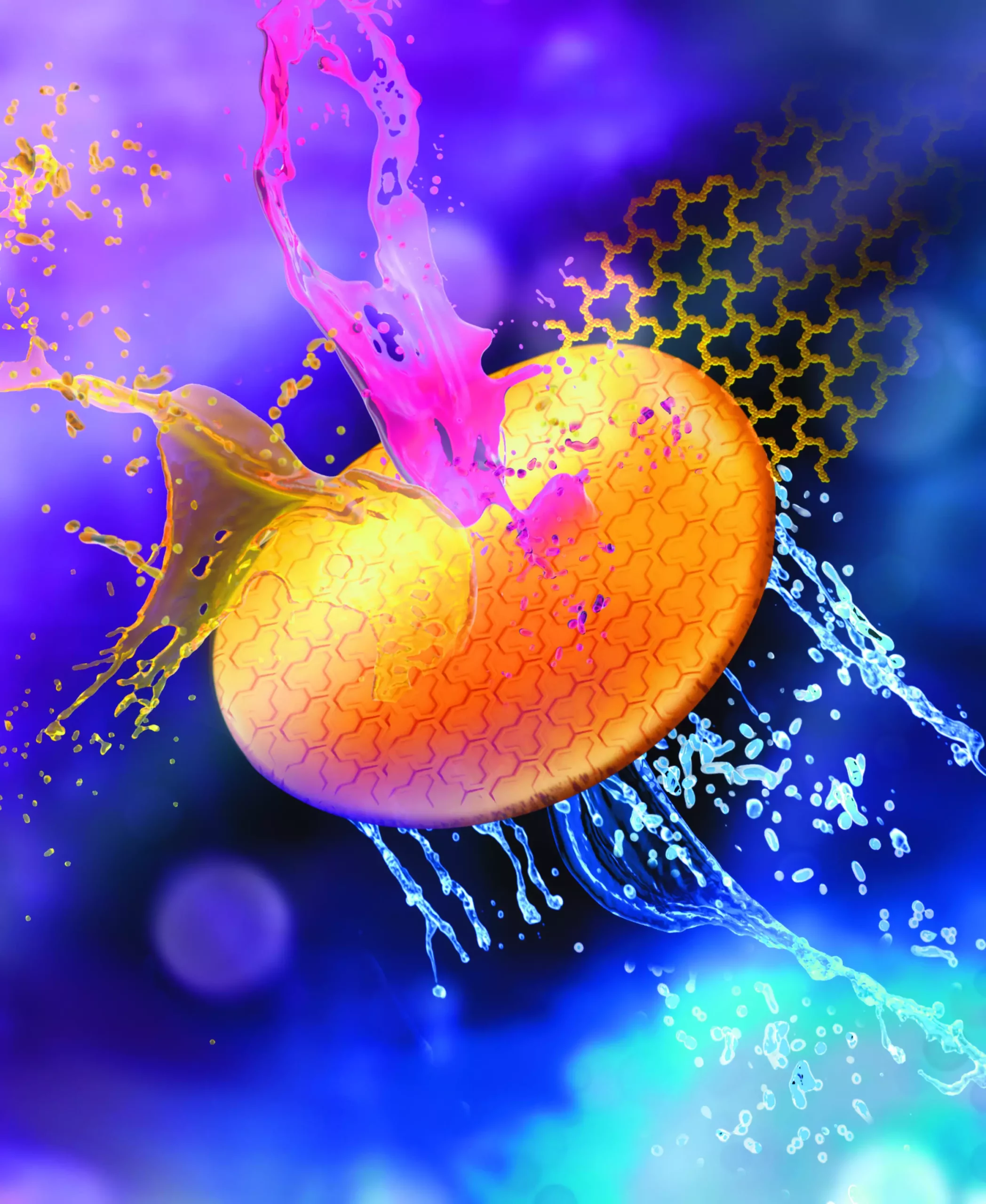In an innovative stride for environmental science, researchers at NYU Abu Dhabi (NYUAD) have unveiled a groundbreaking technique that harnesses microwave technology to streamline the synthesis of a unique membrane engineered for water purification. This novel approach drastically reduces synthesis time to mere minutes, marking it as one of the swiftest methods for producing covalent organic framework (COF) membranes. Given the rising global demand for effective wastewater management, the implications of this advancement cannot be overstated, particularly in contexts where water scarcity poses a significant threat to sustainability.
The newly developed dual-faced membrane exhibits a distinctive combination of superhydrophilic and near-hydrophobic surfaces. These contrasting features facilitate the efficient removal of diverse contaminants, including oils and synthetic dyes, from water sources. By incorporating such dual functionalities, these membranes not only enhance the filtration process but also introduce robust antibacterial properties, which are essential for maintaining long-term performance in real-world applications. Synthesis methods that enrich these features could prove invaluable as communities strive for cleaner water amid increasing pollution challenges.
Published in the Journal of the American Chemical Society, the research led by Ali Trabolsi, along with team members Farah Benyettou and Asmaa Jrad, emphasizes a one-step microwave-mediated synthesis technique conducted at the liquid-water vapor interface. This innovative method allows unparalleled control over the membrane’s properties, negating the need for any extensive modifications post-synthesis. According to Benyettou, the timing of the reaction is critical in adjusting both the thickness and the hydrophilic-hydrophobic balance of the membranes. This precision enables the design of membranes tailored for different types of pollutants, thereby accelerating and improving the water purification process, reflecting a significant advancement in membrane technology.
The results of this study reveal that the COF membranes developed by the NYUAD team significantly outperform conventional polymeric membranes in various aspects. Their multilayered structure and maintained porosity lead to exceptional water flux rates, enhancing their efficacy in filtering oil from oil-in-water mixtures. More importantly, these membranes exhibit remarkable resistance to organic fouling, addressing one of the most prevalent obstacles in current water filtration systems. This newfound ability to withstand fouling issues places these membranes at the forefront of water purification technologies.
The synthesis method proposed by the NYUAD team represents a promising solution not only for more efficient membrane production but also for tackling critical water purification issues globally. Trabolsi emphasizes the importance of this technology as it simplifies production processes while augmenting the membranes’ separation capabilities. As cities and communities around the globe grapple with the pressing consequences of water scarcity and pollution, this innovation stands as a testament to the potential for scientific research to create impactful and sustainable solutions, paving the way for a cleaner, more resilient water future.


Leave a Reply